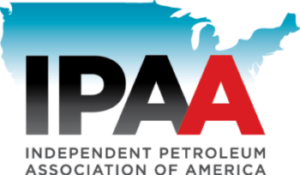Feb 13, 2023 Producer Association Comments on Standards of Performance for New, Reconstructed, and Modified Sources and Emissions Guidelines for Existing Sources: Oil and Natural Gas Sector Climate Review
Various members of the Producer Associations have been actively working with the Environmental Protection Agency since the New Source Performance Standards, 40 CFR Part 60, Subpart OOOO regulations were proposed in 2011. The Producer Associations appreciate the time and effort of EPA staff that have tried to understand the unique aspects of the oil and natural gas industry. The reality is that the unique aspects of the Oil and Gas Industry, in terms of its production and related emissions, render EPA’s traditional justifications/rationalizations proffered in the proposals on November 15, 2021 and December 6, 2022 arbitrary and capricious for certain subcategories (whether defined according to EPA or otherwise). The message the Producer Associations have consistently conveyed since 2011 is “one size does not fit all.” Generally speaking, EPA’s response has been to regulate exploration and production (“E&P”) emission sources to the extent that EPA believes it can “survive”/continue to exist – that is not the “best system of emission reduction” (“BSER”) as required by Section 111 of the Clean Air Act (“CAA”). The following comments are intended to identify the most detrimental and unsupported proposals by EPA and provide alternatives that provide the equivalent or nearly the equivalent environmental benefits as substantially less cost and confusion to the Oil and Gas Industry, in particular the small business that are disproportionally impacted by these proposed regulations. …
The Producer Associations are committed to working with EPA to craft legally justified regulations that protect the environment and do not place unnecessary burdens on the Oil and Gas Industry. The Producer Associations provide the following summary:
- Fugitive Emissions Monitoring of “Low Production Wells” Misses the Mark.
- EPA Utilizes Inaccurate Data to Justify “Zero-Emitting” BSER for Pneumatic Controllers and Pumps.
- The Super-Emitter Response Program Should be Revised to Address Unexpected Significant Releases, Without Subjecting Owners/Operators to Significant Expense.






